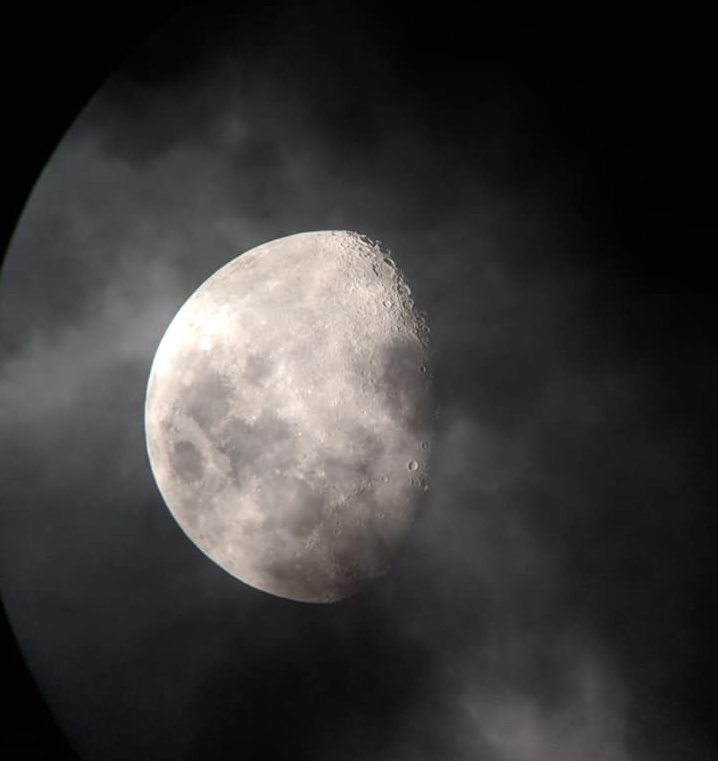The replacement for fossil fuels has been found. The problem is it’s on the moon.

The idea of mining the moon may sound like something out of a Bruce Willis action movie, but the Indian government doesn’t think so. The Indian Space Research Organization is launching a program to explore the possibility of mining for helium-3 as a new energy source.
I asked local astrophysicist Dr. Phil Langill, director of the University of Calgary’s Rothney Astrophysical Observatory, whether or not it would be feasible. He told me it is, in theory, but there are tremendous technological hurdles to overcome.
LISTEN: Dr. Phil Langill explores moon mining with Danielle Smith
To start with, helium-3 is an important element that could be used to create energy from a nuclear reaction similar to what powers the sun. We don’t have much of it on earth because it can’t get through our atmosphere. But there is an estimated 1 million metric tonnes embedded on the moon. It is stable, so it can be mined and sent back to earth. It is not radioactive, so it wouldn’t require special handling. At current rates of energy use it would power the world’s needs for an estimated 250 years.
If just one-quarter is potentially mineable, at a value of $5 billion per tonne, it would be worth one quadrillion, two hundred fifty trillion dollars. That’s a lot of potential revenue, but there are also enormous costs.

Get daily National news
Establishing mining operations with appropriate machinery, storage and transport facilities may be the least of the cost worries.
I suspect moon mining may be closer than you think. In the past it was only a handful of countries that could put forth a credible, well funded space program. Now the field is getting pretty crowded with India, China, Japan, the US, Russia and well-heeled tech billionaires getting into space exploration.
Dr. Langill says it’s actually easier to get a rocket back from the moon than it is to send one to the moon.
With developments in artificial intelligence and robotics, you could imagine the mining operations being entirely automated, without even needing to establish a human colony. Not only can robots work around the clock, they don’t need to stop for food or sleep. Once established, the ongoing operating costs of moon mining operations could be relatively low.
The real problem is developing the fusion reactor that can turn the raw material into usable energy, which Dr. Langill said would take an enormous amount of energy and technological advancement to be able to do.
Still, you have to start somewhere, right?
There is a lot of attractiveness to mining on the moon.
Scientists think the moon was formed after in an asteroid collision with early earth knocked a portion of molten material into orbit. That means it has the same rare earth metals that we use. It is also getting increasingly difficult to establish mining operations anywhere on earth, with environmentalists constantly staging protests over the impact to landscapes, biodiversity, water, air quality, solid waste disposal, plastics, carbon dioxide emissions and so on.
Moon operations don’t have an environmental impact because there is no life to be impacted.
I suppose Greenpeace could always be counted on to doctor up some environmental reason why we shouldn’t mine the moon – it might interfere with the magnetic field and cause tidal wave instability, right? But at least Mike Hudema can’t chain himself to moon-based mining equipment to prevent helium-3 from making its way to earth. For that reason alone, we should wish the Indian government success in its mission.
Danielle Smith can be reached at danielle@770chqr.com











Comments